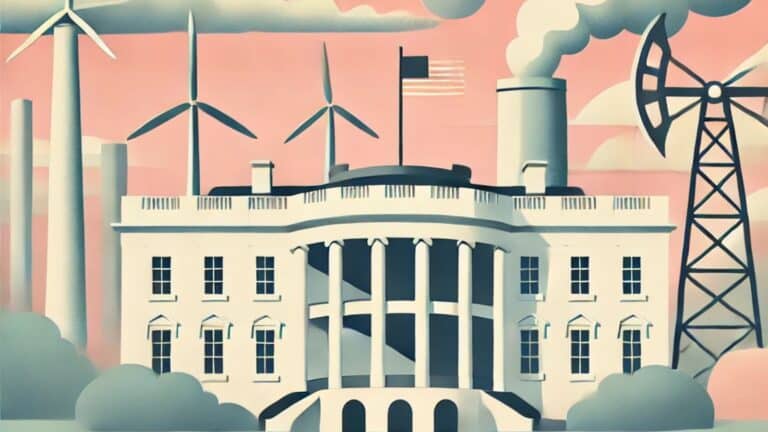WASHINGTON – Plans to shrink the U.S. Strategic Petroleum Reserve by 40 percent over the...
WASHINGTON – Plans to shrink the U.S. Strategic Petroleum Reserve by 40 percent over the next eight years risks a spike in global energy prices, a top official at the International Energy Agency warned the Senate Thursday.
Congress has authorized the sale of almost 260 million barrels of crude over the next eight years to help fund the federal budget, in part on the argument a boom in U.S. oil production has reduced the need for a national oil reserve, which currently holds 645 million barrels.
But Keisuke Sadamori, director of energy markets and security at the Paris-based International Energy Agency, cautioned the IEA currently depends on the United States for 40 percent of its global reserve program.
“I would like to stress that oil security is not only an issue for net-importers, and security concerns such as regional extreme weather events and terrorist attacks can affect all countries,” he said. “Should the US further draw down its SPR levels, there could be a challenge to the future effectiveness of the IEA stock system.”
Congress has long looked to the oil reserve as a means to patch the federal budget – the most recent authorized sale would draw $13 billion in revenue at current oil prices.
But some senators at Thursday’s hearing before the Senate Energy and Natural Resources Committee cautioned on the risks of that approach. They cited last month’s attack on Saudi Arabia’s Abqaiq plant, which processes 5 percent of the world’s oil supply, as a sign of the risks posed to oil facilities worldwide.
“People who do not sit on this committee don’t really think about the SPR. They look at it as liquid money in the bank,” said Sen. Lisa Murkowski, R-Alaska, chairman of the committee.
Right now, the U.S. petroleum reserve, which is located across four sites in Texas and Louisiana, has enough reserves to cover oil imports for 440 days – far beyond the 90 days mandated by the IEA.
But getting down to the minimum level risks a shock to oil markets in the event of a major supply disruption, said Jason Bordoff, director of Columbia University’s Center on Global Energy Policy.
“What we are concerned about is an impact on oil prices around the world,” he testified. “The fact we are about to be an oil exporter but the IEA is here today saying we shouldn’t sell our stocks suggests 90 days isn’t adequate cover.”






